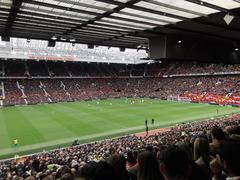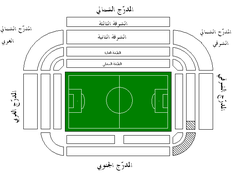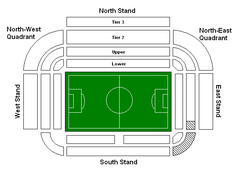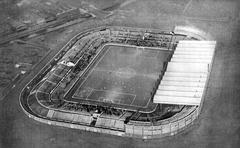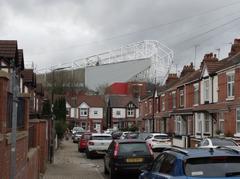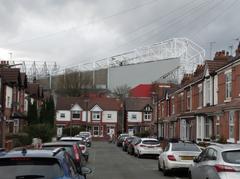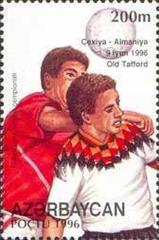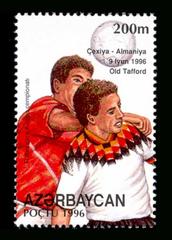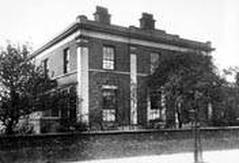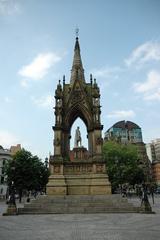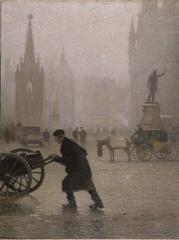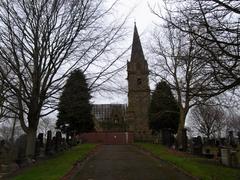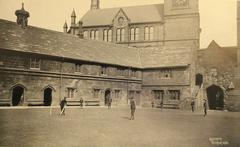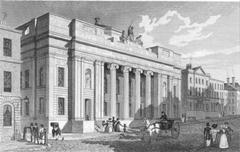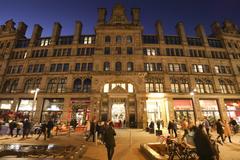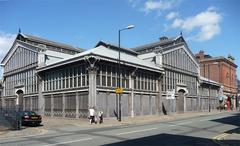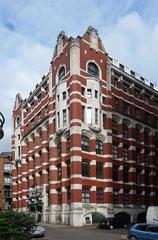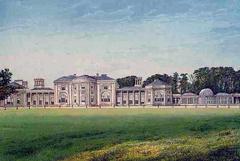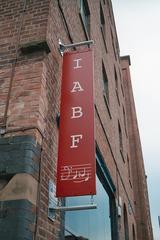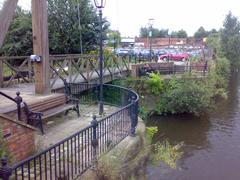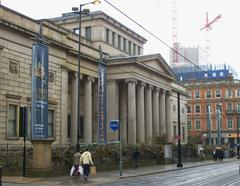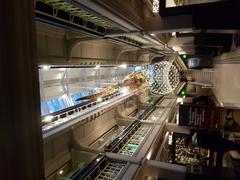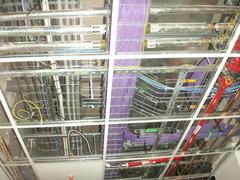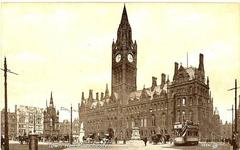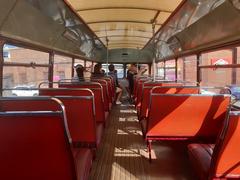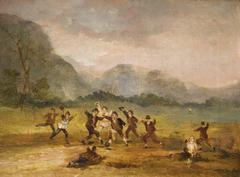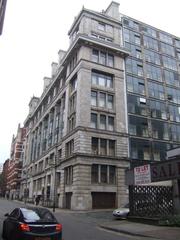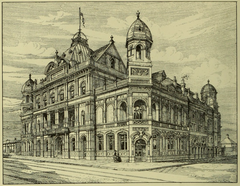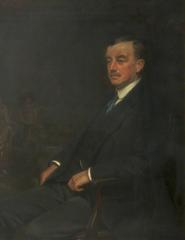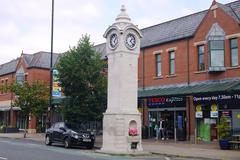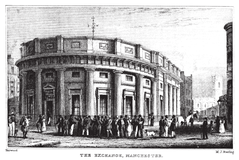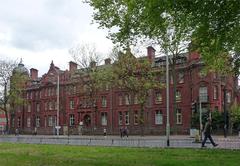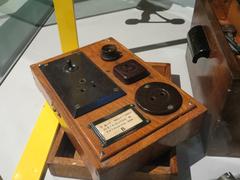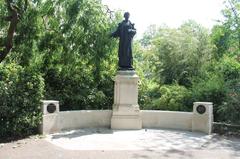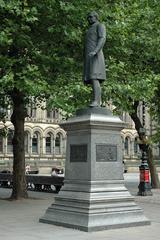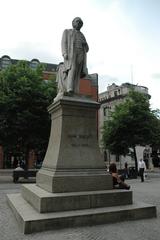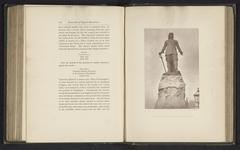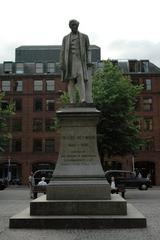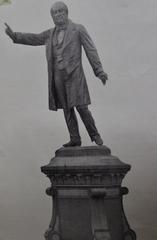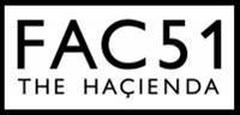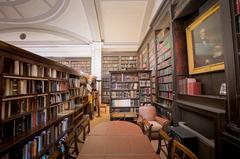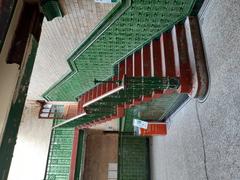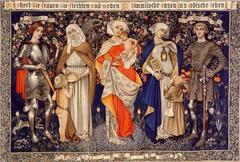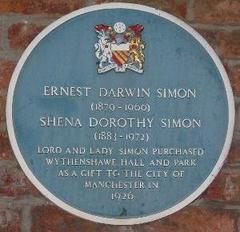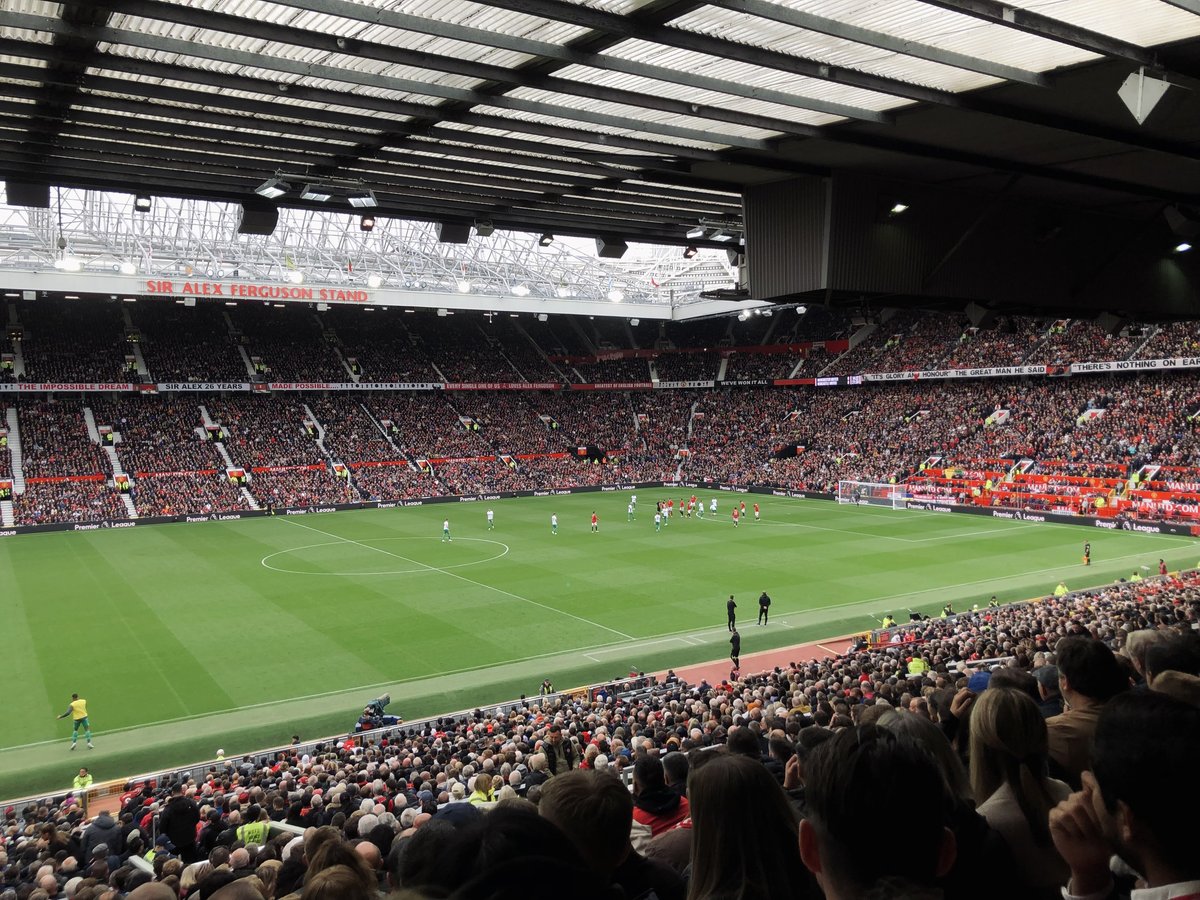
Old Trafford Visiting Guide: Manchester Historical Site Tickets and Hours
Date: 14/06/2025
Introduction
Old Trafford, Manchester United’s legendary home, is not only a world-renowned football stadium but also a symbol of the city’s industrial heritage and community spirit. Known as the “Theatre of Dreams,” Old Trafford has welcomed fans since 1910, bearing witness to historic sporting events, architectural innovation, and the evolution of football culture. This guide provides all the essential information for planning your visit—from tickets and tours to accessibility, transport, and nearby attractions—ensuring you experience the best of both Old Trafford and Manchester’s rich history.
Table of Contents
- Historical Overview
- Visiting Old Trafford: Practical Information
- Matchday Experience
- FAQs
- Conclusion and Recommendations
- Sources
Historical Overview
Origins and Early Development (1909–1939)
Old Trafford’s journey began in 1909, when Manchester United, seeking a modern venue to accommodate its growing fanbase, enlisted architect Archibald Leitch. The stadium opened in February 1910, with a then-groundbreaking capacity of 80,000 and innovative design elements such as a single covered stand and expansive terraces (FIFA.com; mufcinfo.com). Early on, Old Trafford hosted major fixtures, including FA Cup finals and international matches, quickly cementing its reputation as a world-class sporting arena (sportsmatik.com).
Wartime Destruction and Post-War Rebirth (1939–1960s)
World War II brought significant challenges. The stadium was requisitioned by the British Army and suffered two bombing raids, destroying key structures and forcing United to share Maine Road with Manchester City for nearly a decade (extra.ie). Post-war, Old Trafford was rebuilt, reopening in 1949 with modernized facilities. The addition of floodlights in 1959 and the North Stand in 1965 (introducing British football’s first private boxes) marked significant advancements (FIFA.com).
Expansion, Modernization, and Iconic Moments (1970s–2000s)
During the late 20th century, Old Trafford underwent continuous expansion and modernization. The most significant capacity increase occurred between 2005 and 2006, raising the figure to 75,957 (extra.ie). The four stands—Sir Alex Ferguson, Sir Bobby Charlton (East), Stretford End, and the South Stand—pay tribute to club legends. Iconic features include the Sir Matt Busby and United Trinity statues and the Munich clock, commemorating the 1958 air disaster (manchestermagazine.co.uk).
Players like George Best, Eric Cantona, David Beckham, Ryan Giggs, Wayne Rooney, and Cristiano Ronaldo have all contributed to Old Trafford’s storied legacy (manchestermagazine.co.uk).
Notable Sporting and Cultural Events
Old Trafford’s influence extends far beyond Manchester United matches. It has hosted:
- 1966 FIFA World Cup matches
- UEFA Euro 1996 fixtures
- 2003 UEFA Champions League Final
- 2012 Olympic football matches (FIFA.com)
The stadium is also a key rugby league venue and hosts concerts and cultural events (extra.ie; manchestermagazine.co.uk).
Architectural and Technological Innovations
From Archibald Leitch’s Edwardian engineering to modern enhancements, Old Trafford leads in stadium innovation. The stadium has introduced floodlights, private boxes, advanced digital screens, and improved sustainability measures (mufcinfo.com). Future plans may see capacity increased towards 90,000, reflecting Manchester United’s ambition (extra.ie; DesignBoom).
Legacy and Cultural Significance
Old Trafford represents more than sporting achievement—it is a cultural landmark and source of community pride. The stadium fosters unity through matchday gatherings, local economic growth, and community initiatives like the “OT Art Trail” (Old Stadium Journey). Statues and memorials, such as those honoring the Munich disaster, ensure the club’s history is remembered by future generations (manchestermagazine.co.uk).
Visiting Old Trafford: Practical Information
Visiting Hours
- Stadium Tours & Museum:
- Monday–Saturday: 10:00 AM – 5:00 PM
- Sunday: 11:00 AM – 4:00 PM
(Hours may vary on matchdays or special events. Check the official site before visiting.)
Tickets and Pricing
-
Stadium Tour & Museum:
- Adults: ~£27
- Seniors (65+): ~£15
- Children (5–15): ~£15
- Under 4s: Free
- Family packages, group discounts, and special themed tours available (The Wandering Quinn).
-
Match Tickets:
- Prices vary widely (£30–£100+ depending on fixture and seating).
- Purchase only via the official Manchester United website or trusted partners.
Guided Tours
- Standard Guided Tour:
- Duration: 70 minutes (plus museum time)
- Includes: Dressing rooms, players’ tunnel, pitchside, dugouts, museum exhibits
- Multimedia guides in several languages and special British Sign Language tours (ManUtd.com).
Accessibility
Old Trafford is fully accessible, with wheelchair seating, lifts, accessible toilets, and assistance for visitors with disabilities (Official Accessibility Page). For personalized support, contact the Accessibility Team at [email protected] or +44 161 868 8000.
Getting There
- Metrolink Tram:
- Old Trafford stop (Altrincham Line), ~10-minute walk to stadium (Manchester Metrolink).
- Bus:
- Multiple routes from city centre (Transport for Greater Manchester).
- Train:
- Manchester United Football Ground station (matchdays only); Deansgate station connects to tram or bus.
- Car:
- Parking is limited, especially on matchdays (pre-booking required). Use park-and-ride if possible (ManUtd.com).
- Taxi/Rideshare:
- Designated drop-off points are available; expect delays on matchdays.
Facilities and Amenities
- Toilets: Accessible in all stands.
- Wi-Fi: Free for visitors.
- Food & Drink: Multiple kiosks and the Red Café on-site; vegetarian/vegan options available.
- Merchandise: The Megastore opens before and after matches and tours.
- Lost Property: Email [email protected] or call +44 (0)161 676 7770 (Mon–Fri, 9 am–5 pm).
Nearby Attractions
- Imperial War Museum North
- The Lowry Arts Centre
- Trafford Centre (shopping and entertainment)
- National Football Museum
- Museum of Science and Industry
- John Rylands Library
All easily accessible by public transport or a short walk from the stadium.
Matchday Experience
Atmosphere
Matchdays at Old Trafford are electric. Arrive early to explore Sir Matt Busby Way, join in fan chants (especially in the Stretford End), and visit local pubs like The Bishop Blaize. Only small bags are allowed; expect thorough security checks (ManUtd.com).
Statues and Photo Spots
- The Holy Trinity Statue (Best, Law, Charlton)
- Sir Matt Busby Statue
- Sir Alex Ferguson Statue
These are must-visit spots for fans and photographers.
Food and Drink
- On-site kiosks serve classic British fare (pies, burgers, hot dogs), with options for all dietary needs.
- Outside, local favorites like Lou Macari’s chip shop are nearby.
Frequently Asked Questions (FAQ)
Q: What are Old Trafford’s visiting hours?
A: Tours and the museum typically run Monday–Saturday 10:00 AM–5:00 PM, Sunday 11:00 AM–4:00 PM. Closed or shorter hours on matchdays and holidays.
Q: How can I buy Old Trafford tickets safely?
A: Only purchase via the official website or authorized sellers.
Q: Is Old Trafford accessible for disabled visitors?
A: Yes, with accessible seating, entrances, toilets, and staff assistance. Contact the Accessibility Team for specific needs.
Q: What are the best times to visit?
A: Matchdays for atmosphere; non-matchdays for relaxed tours and museum visits.
Q: Are photographs allowed inside Old Trafford?
A: Yes, for personal (non-professional) use. Restrictions apply to large cameras and video equipment.
Q: Is parking available?
A: Limited, especially on matchdays. Pre-book or use public transport.
Conclusion and Recommendations
Visiting Old Trafford is a unique journey through football history and Manchester’s vibrant culture. With its blend of heritage, community, and modern amenities, the stadium offers something for every visitor—whether you’re attending a match, touring the grounds, or exploring the museum. Plan ahead for tickets and transport, make use of accessible facilities, and consider nearby attractions to enrich your Manchester experience.
For the latest updates, exclusive content, and trip planning tools, download the Audiala app and follow official Manchester United channels.
Sources
- Old Trafford: A Historical Journey – MUFC Info
- Old Trafford History and Innovation Combine – FIFA.com
- Old Trafford History – Extra.ie
- Old Trafford Stadium: The Iconic Home of Manchester United – Manchester Magazine
- Iconic Football Matches Played at Old Trafford – The Brit Print
- The Massive Impact of Football on Manchester – The UK Property Guy
- Exploring the Architectural Brilliance of Old Trafford – Old Stadium Journey
- Rebuilding Old Trafford: What the Local Residents and Businesses Think – NY Times
- Foster and Partners Plans Manchester United 100,000 Seat Stadium – DesignBoom
- Manchester United Stadium Guide – Seat Unique
- Manchester United Museum & Stadium Tour Review – The Wandering Quinn
- Visiting Supporters Guide – ManUtd.com
